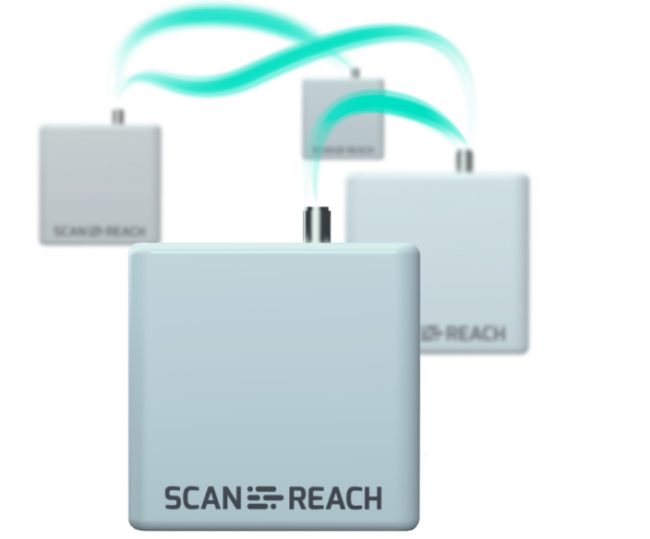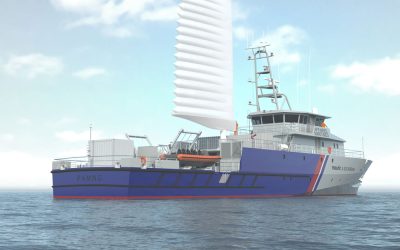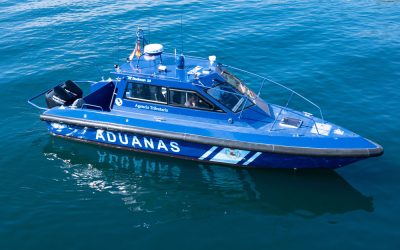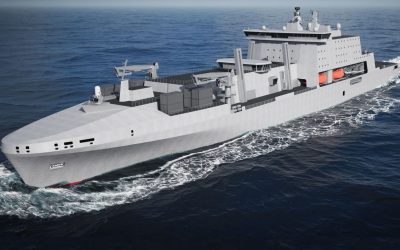One of the persistent challenges in creating effective communications systems onboard large vessels, particularly when adapting them to the modern demands for Internet of Things (IoT) connectivity, is the steel structure itself. The hull and bulkheads can create electromagnetic interference and frequently there are either too few wireless access points or too many, resulting in noise.
In the case of older vessels, lacking open interfaces, this can create problems when attempting to retrieve data from sensors, which in turn can cause problems with regard to critical requirements such as emissions reporting or tracking crew to ensure their safety. Needless to say, a wired solution would often necessitate costly retrofitting.
In January 2021, The Naval Architect spoke to Sven Brooks, then KVH’s senior director for IoT business development, about the difficulties this poses in creating an effective IoT network. But technology has moved on and the development of low-bandwidth mesh networks has emerged as an ideal solution for sending data from those hard-to-reach places. Earlier this year, Brooks was announced as CEO and CCO of Bergen-headquartered company Scanreach, specialists in providing onboard wireless connectivity.
“The reason I joined Scanreach was when I joined KVH for ship-shore connectivity the primary challenge for shipowners was to get to the data that really matters to them,” Brooks explains to The Naval Architect during June’s Nor-Shipping trade show in Norway. “While ship-shore connectivity is still in some areas a challenge it’s being adequately addressed by the providers such as KVH, Marlink and Inmarsat. But none of that connectivity matters if you don’t get the sensor data that you need.”
Founded in 2015 with the idea of improving safety and sustainability at sea, Scanreach spent five years developing its proprietary protocol, developed specifically for the maritime industry using a sub-GHz frequency ideal for travelling along steel.
Brooks says: “You can actually get signals out of a tank and confined steel structures. There are limitations; it has a lower bandwidth that’s good enough for any kind of machine real-time data, but we wouldn’t be able to push movies through it. However, it’s purely an OT network, not an IT network. Human users cannot engage with this; there’s no USB port, the network is not detectable and the data is encrypted so it is designed to be cyber secure at the same time.”
Rather than getting hung up on the corporate rhetoric and complexity concerning Digital Twins, often way out of reach for smaller shipowners, Scanreach took a pragmatic approach to digitalisation. It found maritime was lagging behind other sectors, such as land transportation and warehousing, which are often using industrial sensors. However, when it comes to the actual sensors the company acts like an agnostic consultancy and working with the sensor manufacturers to identify the right sensors for any given job.

ScanReach IoT sensor technology is tailored for those hard-to-reach places
Its own hardware is a simple ‘fit and forget’ technology easily deployable by the crew and owned outright by the owner, rather than any service-based model. An owner purely interested in collecting fuel data from flow meters might simply install six to 10 nodes to relay the data from the bowels of the vessel up to the bridge, where the gateway server might be located. A wearable version of the same technology could require many more nodes to monitor everyone onboard the vessel. Brooks stresses it is entirely GDPR compliant.
“This is about making sure people are secure during their working hours, the wearables have a distress button and we make the embarkation and disembarkation of crew members easier. They check in and out so you know when a crew member or technician has moved from shore to onboard the vessel.”
One interesting aspect is the gamification element it introduces to otherwise mundane activities, particularly with regard such as fuel monitoring and vessel performance. “You’re constantly competing against yourself and your past 12- to 24-hour profile or perhaps the previous crew to try and beat your score. Articles in the media suggest it could translate to an additional 5% in savings, but even if that’s just marketing we’ve had very positive feedback. At a time when we’re introducing decarbonisation methods, CII rating and SEM plans, what’s better than behavioural change?”
Needless to say the potential applications of the technology are almost infinite and shipping’s ongoing evolution is presenting new opportunities, such as monitoring electric vehicles onboard car carriers and ferries.
Brooks notes the emerging alternative fuels will also demand fresh solutions. “We have clients asking for ammonia sensors. Once you have a wireless network why not utilise it for exactly that purpose? It’s easy to mount another five or 10 ammonia sensors, without having a technician onboard and avoiding all the integration issues.”




